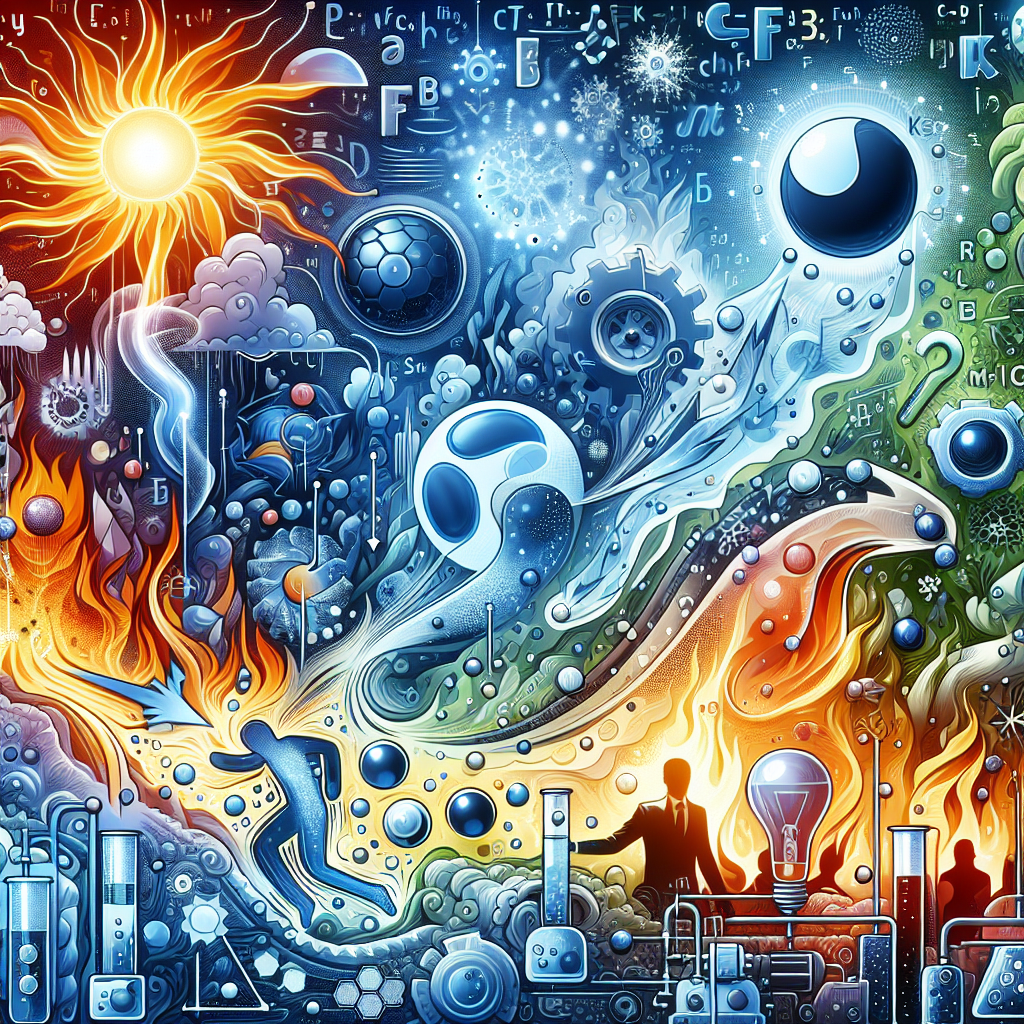Thermodynamics Misconceptions Exposed
- Thermodynamics Forum
- Aug 17, 2024
- 2 min read
As engineers, our world revolves around the fundamental laws that govern energy and its transformations. Thermodynamics, the backbone of heat and energy transfer, is a field where clarity is vital. However, misconceptions often cloud our understanding, leading to inefficiencies or faulty designs. In this editorial piece, we aim to uncover common misconceptions in thermodynamics, shedding light on the correct principles to enhance our engineering practices.
The Fallacy of Perpetual Motion Machines
One prevalent misconception that engineers may encounter is the belief in perpetual motion machines. These hypothetical devices, touted to generate infinite energy without any input, violate the first law of thermodynamics. This law states that energy cannot be created or destroyed, only transferred or converted. Thus, any system claiming perpetual motion goes against this fundamental principle.

The Illusion of 100% Efficiency
Another misconception that engineers must be wary of is the idea of achieving 100% efficiency in energy conversion processes. While striving for high efficiency is commendable, reaching complete efficiency is unattainable due to factors such as friction, heat losses, and irreversibilities inherent in any system. Understanding the limitations imposed by the second law of thermodynamics can guide engineers towards setting realistic efficiency targets.
Misinterpreting Entropy Increase
Entropy, often misunderstood as disorder, is another concept that requires clarification. Contrary to common belief, the increase in entropy does not signify chaos but rather the dispersion of energy within a system. As engineers, grasping that entropy serves as a measure of energy distribution helps in optimizing processes and preventing energy wastage.
The Trap of Absolute Zero Temperature
Absolute zero, the theoretical temperature at which particles possess minimal energy, is often misconstrued as a temperature that cannot be surpassed. While reaching absolute zero is a theoretical impossibility, it does not imply a temperature limit. Understanding that temperatures can approach but never reach absolute zero is crucial for accurate calculations in thermodynamics.
Dispelling the Myth of Reversible Processes
In thermodynamics, reversible processes are often idealized to simplify calculations. However, many engineers fall into the trap of assuming that real-world processes can be entirely reversible. In reality, achieving perfect reversibility is impractical due to factors like friction and heat transfer. By acknowledging the limitations of reversibility, engineers can make more realistic assessments during system design and analysis.
Conclusion
In conclusion, dispelling misconceptions in thermodynamics is essential for every engineer striving to create efficient and innovative solutions. By understanding the principles of energy conservation, entropy, and efficiency, we can pave the way for groundbreaking advancements in various fields. Let us embrace clarity and accuracy in our thermodynamic endeavors, ensuring that our designs and systems are built on a solid foundation of correct principles.
As engineers, it is imperative to not only strive for excellence but also to constantly challenge and refine our understanding of fundamental concepts. Let us debunk misconceptions, unravel complexities, and grasp the true essence of thermodynamics to propel us towards engineering excellence.
Remember, in the realm of thermodynamics, clarity is power.
With this editorial piece, we hope to have shed light on the common misconceptions plaguing the field of thermodynamics. By embracing accurate knowledge and dispelling fallacies, engineers can elevate their practices and contribute to a more sustainable and efficient future.
Keywords: Thermodynamics, Misconceptions, Perpetual Motion, Efficiency, Entropy, Absolute Zero, Reversible Processes



